JARAH or ‘yarah’ means Moon in Ugaritic. The lunar deity, Yarikh was workshipped around Mezopotamia by the Israelites and most possibly inherited his name to Jericho.
This hat’s organic shapes and colour of bones reminded me of archeology. Dame Kathleen Kenyon excavated the many layers of Jericho, and found the oldest agricultural settlement enclosed by walls from 7000 BC. Jericho was eventually traced back to 11 000 BC as a continuous settlement, the earliest known fortress, that got destroyed and rebuilt more than 20 times.
The city of palm trees thousands of years ago, a big junction of trade, where they traded goods mostly for lapis lazuli, obsidian and cowries. Cowry, the sea shell that looks like porcelaine had many uses: used as money (Cypraea Moneta); but used as an ironing tool too to smoothen the surface of textiles and papyrus. The city grew in wealth, hence they built a fortress to defend themselves. At first there may be 2000 people lived there. Then around 7-6000 BC they had a habit to build the face back from paster onto certain skulls. Then the city was empty for a few thousand years to reborn in the Bronze Age, to be destroyed by Israelites around 1500 BC whom used sound-waves and war-cries to crumble the walls and occupied it happily after that for a while, probably not worshipping Yarikh by then, still used the historic name for the city.
I wonder about these plaster faces reconstructed on the skulls 9 000 years ago, whether it had anything to do with worshipping the moon already. These skulls were not buried but handled and cared for for a long while, repaired with plaster when it started to crumble. While it is one of the first things that can be called art and certainly first of portraiture, they are quite ghoulish to be honest, but highly regarded by its early artistic qualities. They most likely had been cherished ancestors, but certainly resembling the moon, may they are reflections of the Moon or wanting to look like that?
Also of course Moon is a clock that leads to predictions particularly useful in agricultural planning, so its worshipping in no way surprising, as seems like good project planning and great team-work made them to gather the first wealth that needed to be enclosed for safety. Something completely new seem to have happened in the early days of Jericho. Yarah also meant ‘month’. So maybe they represented the knowledge of their ancestors gathered by tracing the Moon that helped them to achieve all this wealth? Who knows.
Related to this hat, I had planned to highlight the collisions of different worlds that you can see in my ribbon choice: one is showing plants of the northern hemisphere, the other from the southern hemisphere. The name jarah is not so far in sound from jarrah, the precious tree in Western Australia, still they are many worlds apart, signifying completely different things. So interesting however, that digging bones is what make us to understand this planet and its long forgotten cultures and they come alive only by imagination.
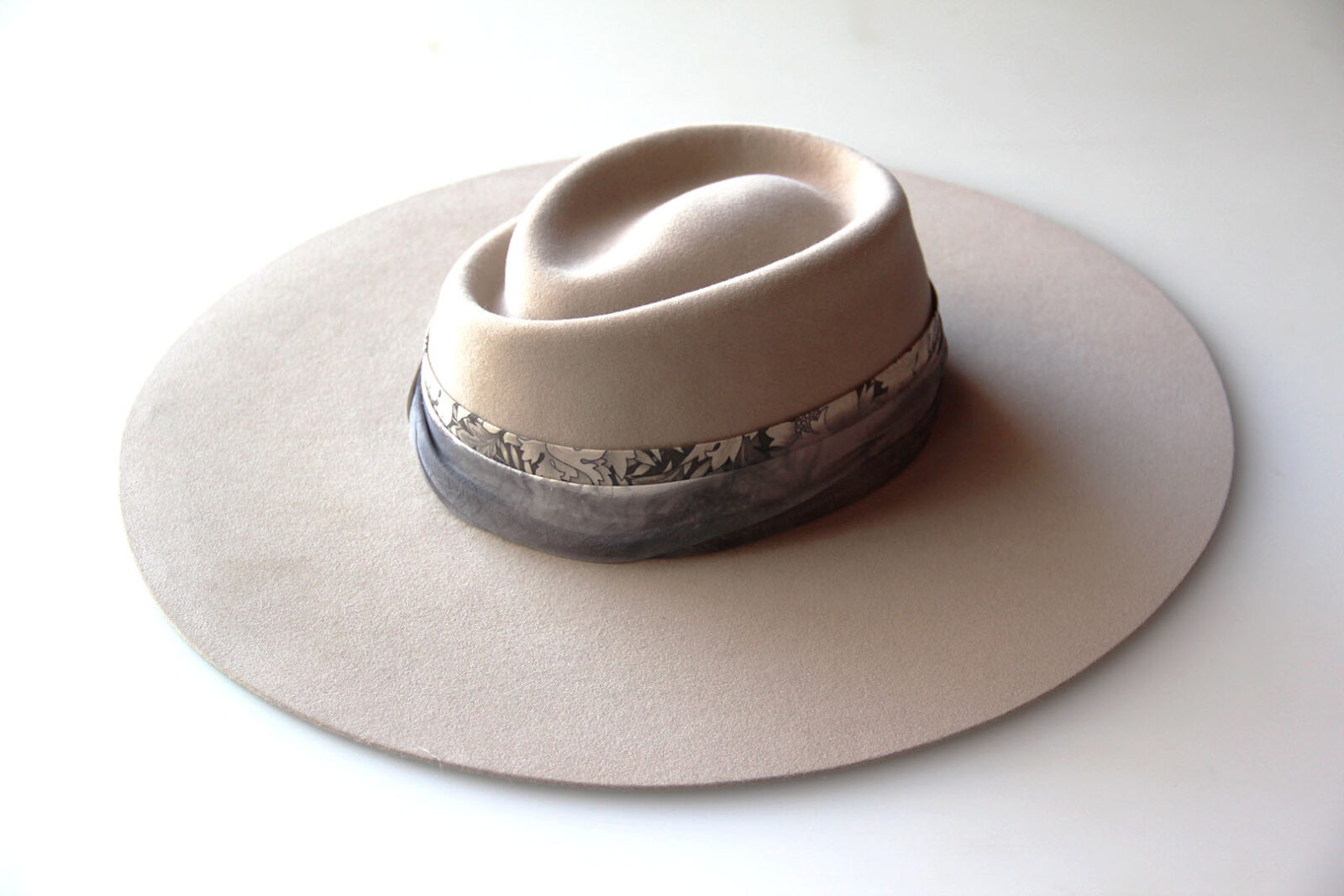
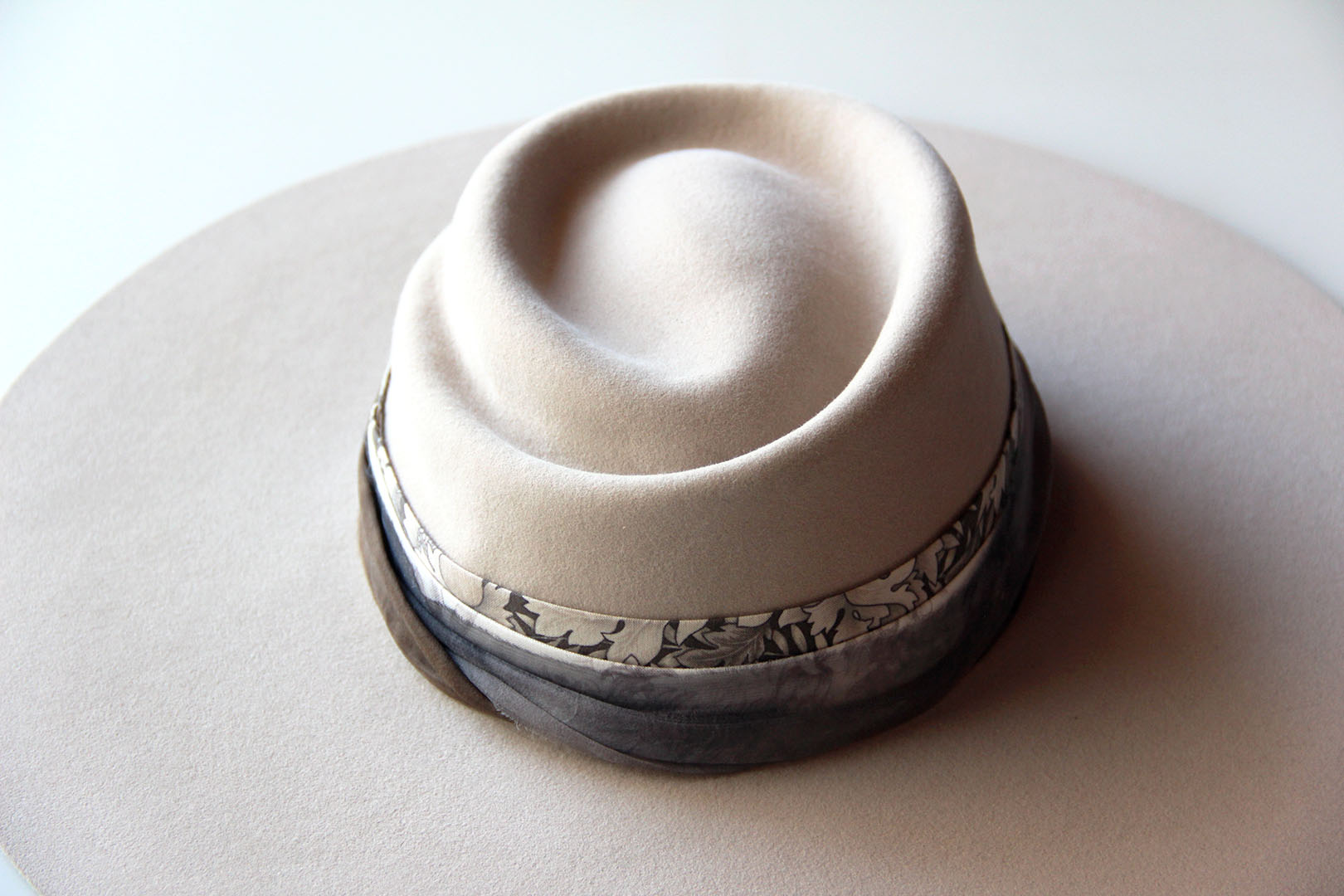
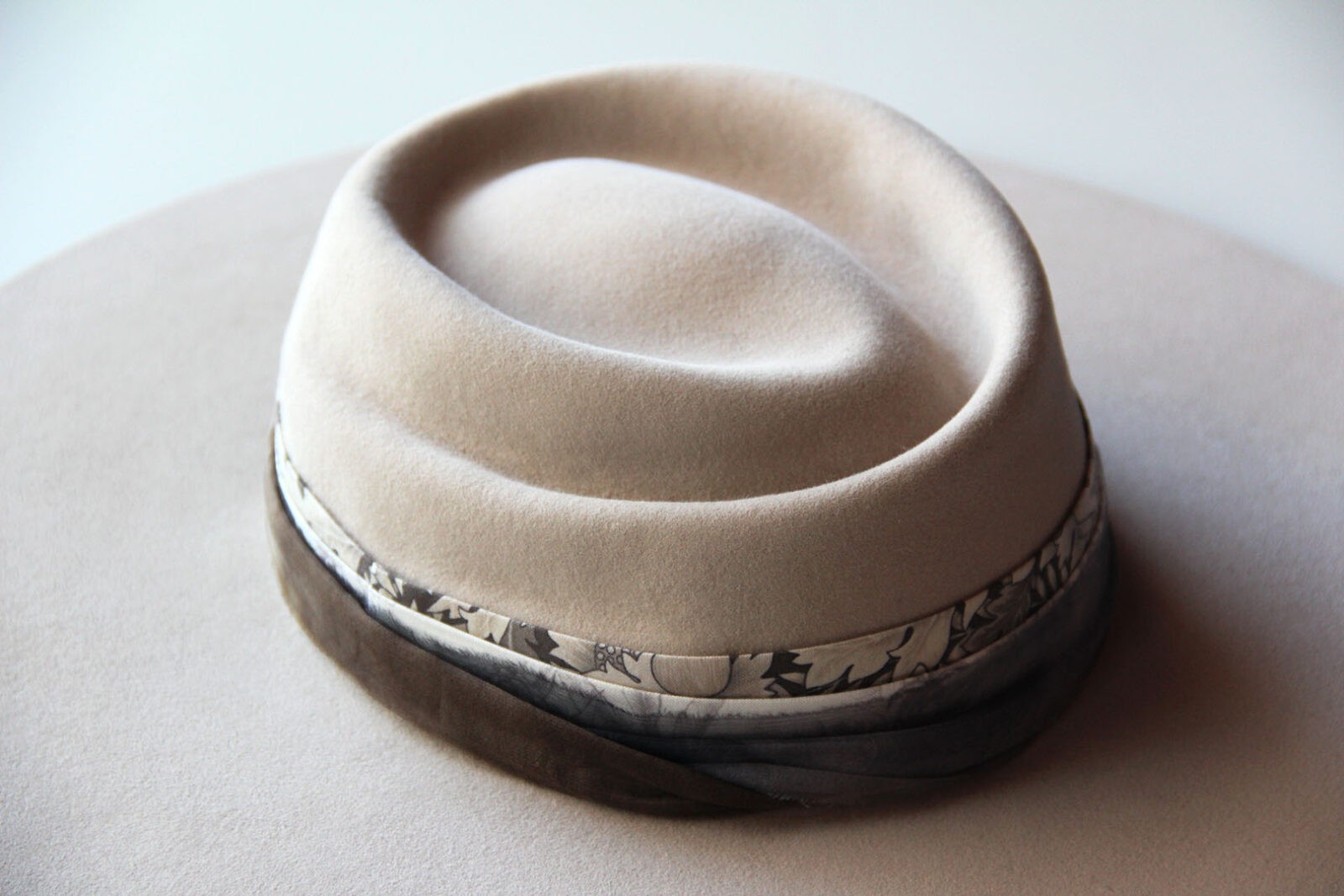
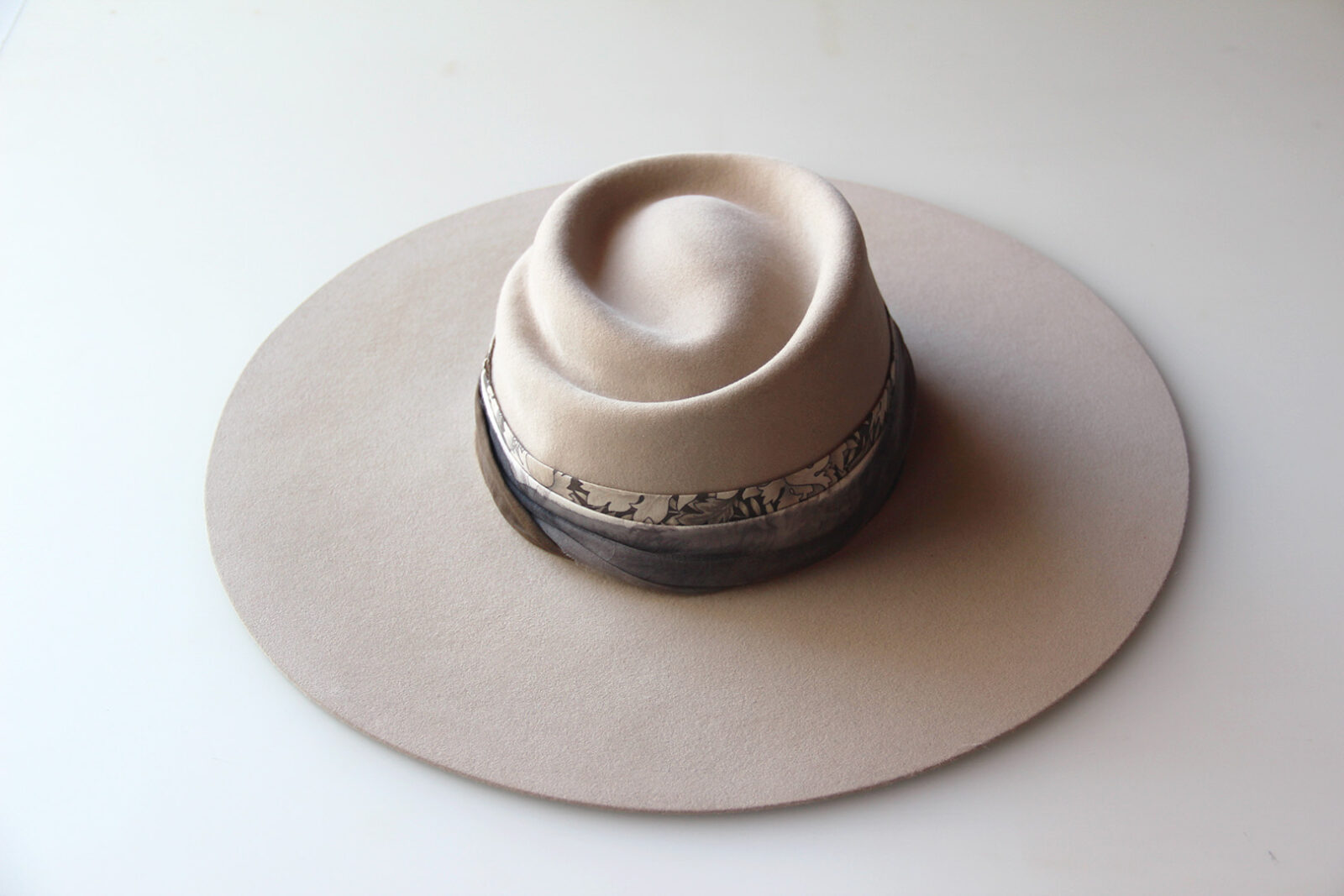
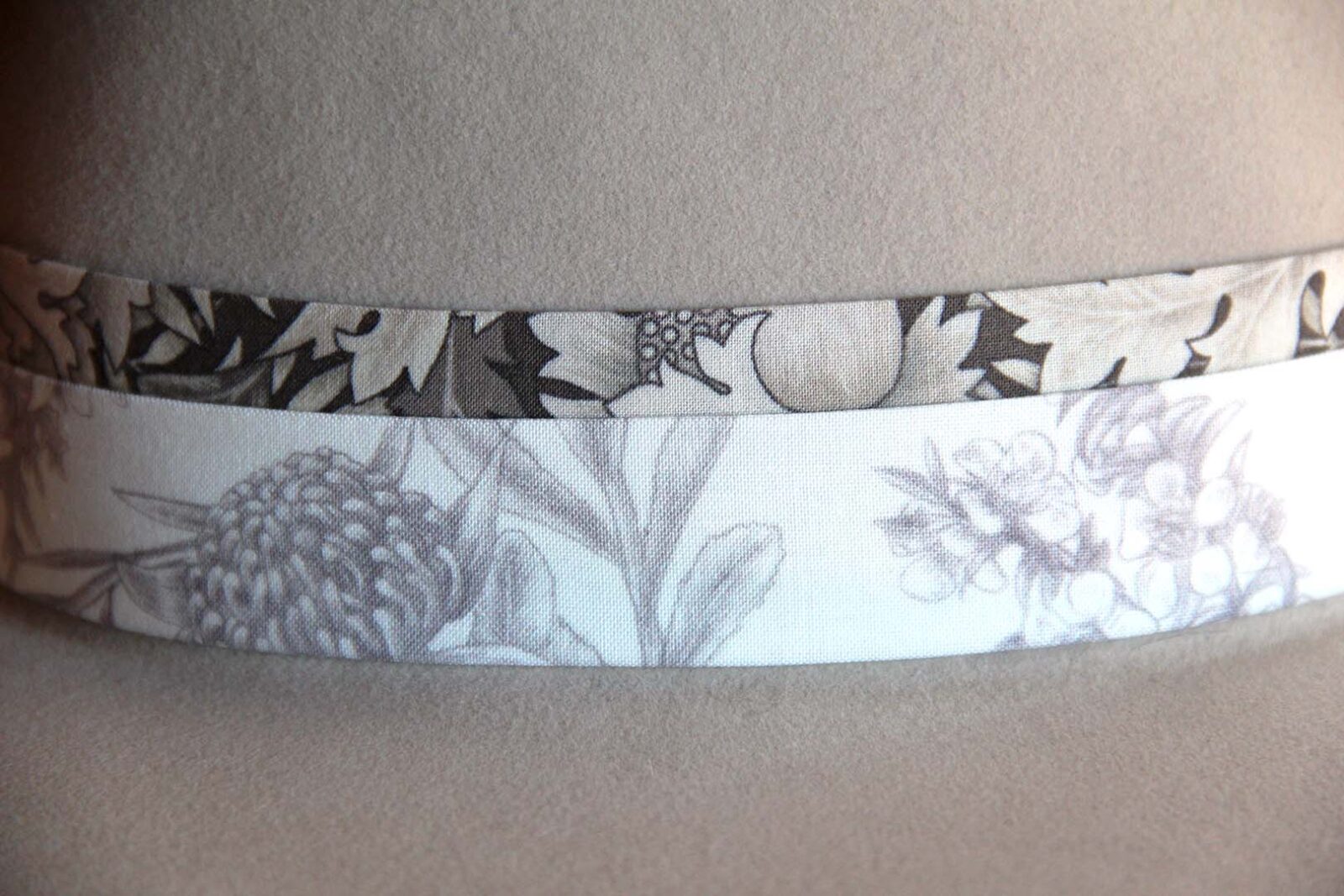
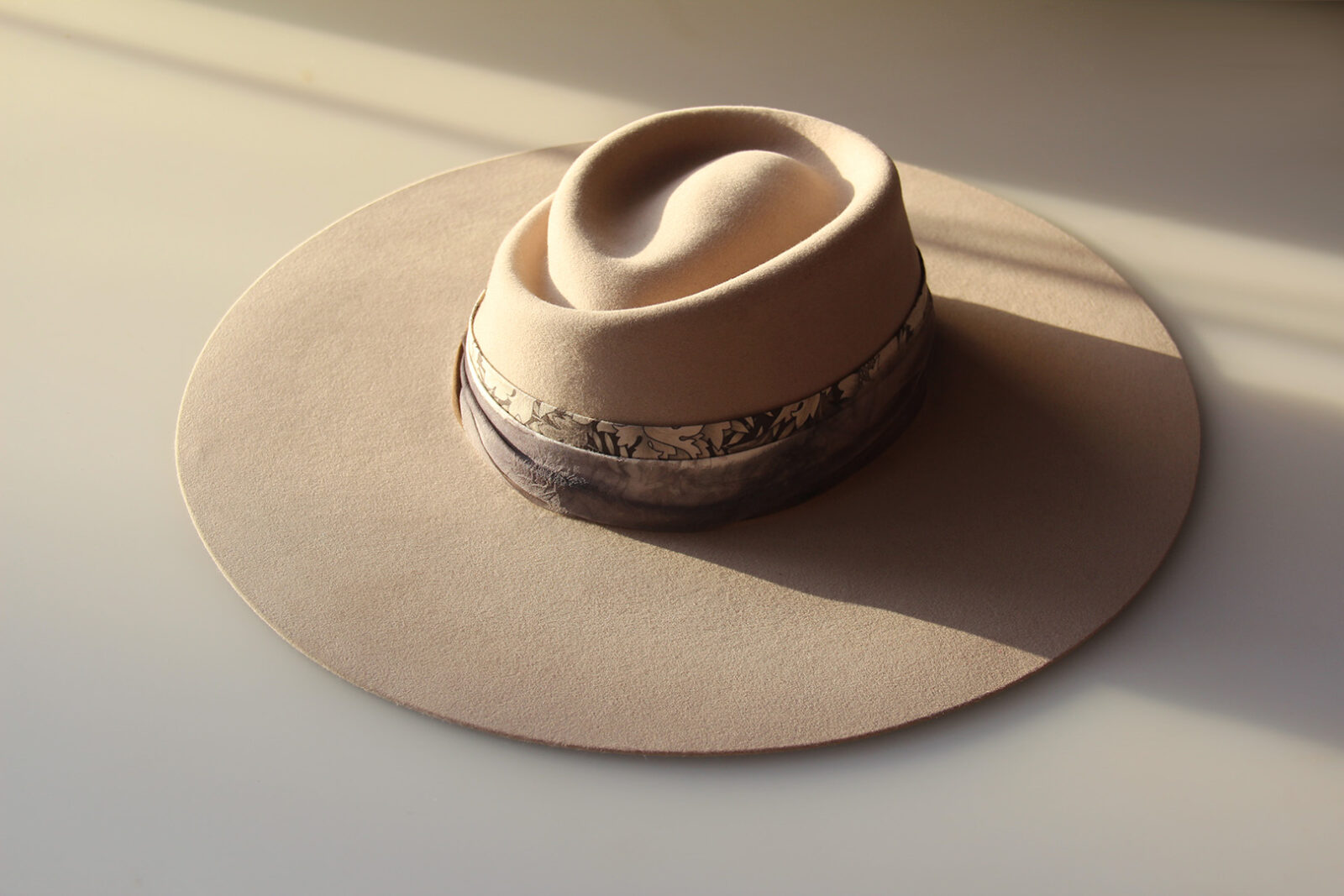
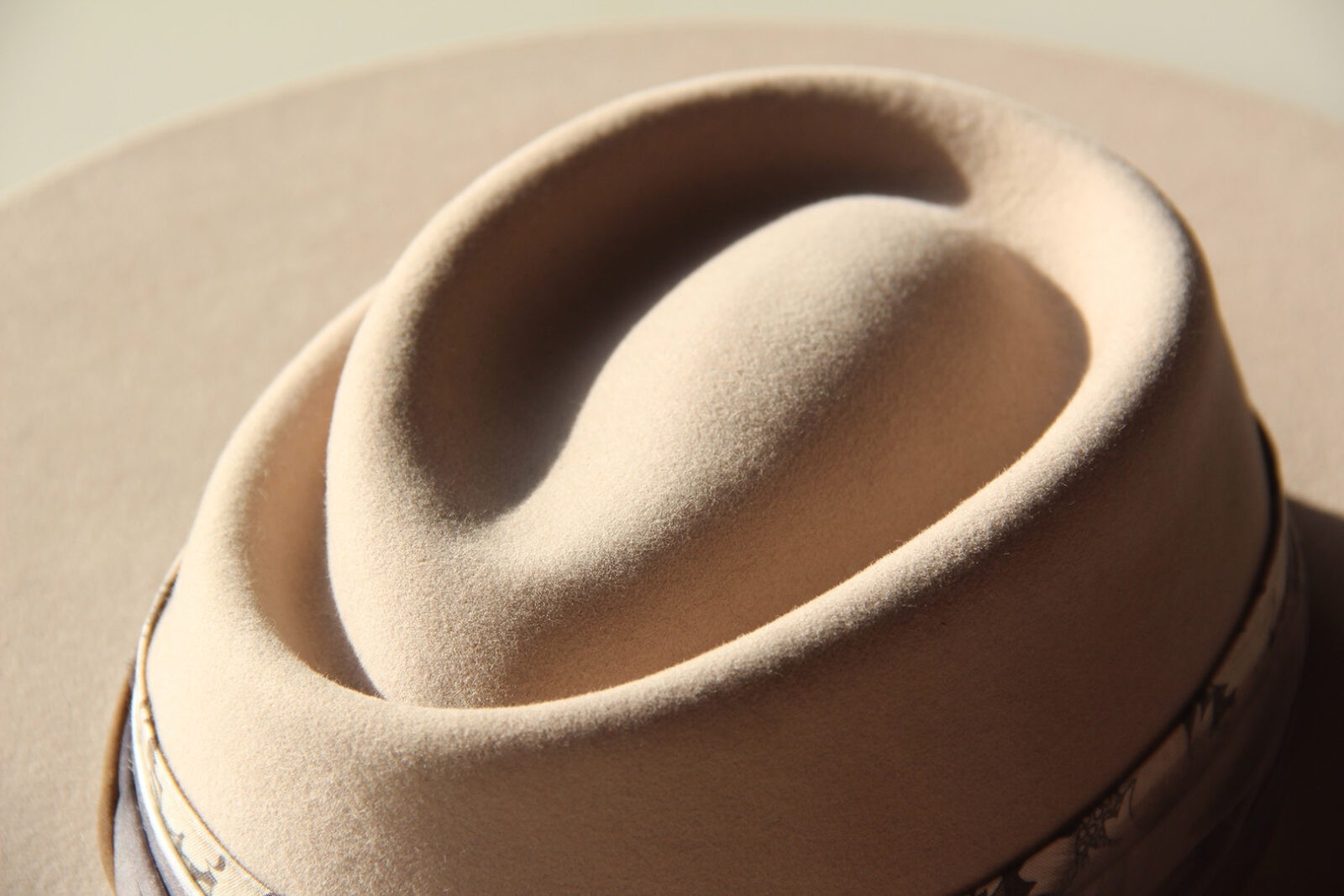
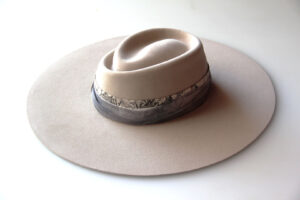
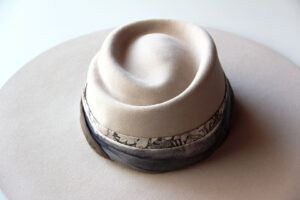
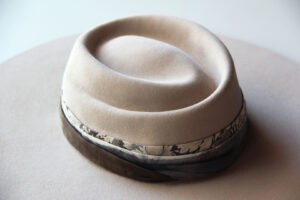
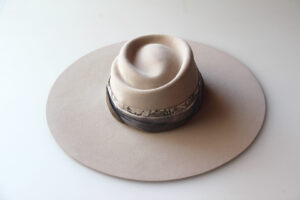

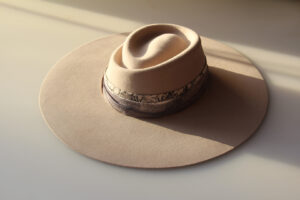


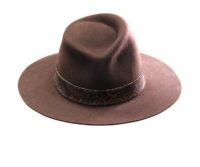
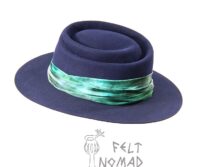

Leave a Reply